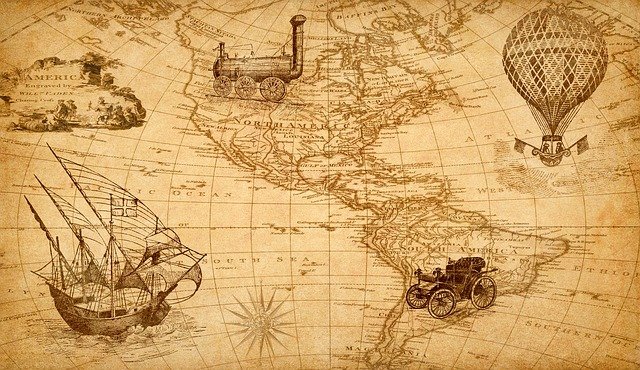My great-great-great grandfather, William W. Winsor, has been a bit of a mystery. He was the son of a Duxbury, Massachusetts inn-keeper, John Winsor (who shared grog with the likes of Daniel Webster and Henry Thoreau). William’s birth and marriage are documented in Duxbury, however he disappeared not longer after the 1860 census.
William Winsor is found in the 1860 census of Tatooch (Tatoosh) Island, Clallam County, Washington. The history that the Clallam County Historical Society and others have on William state that he, as well as Rufus Holmes, the first settler of Port Angeles (a name my fellow Twi-Hards will recognize) was a bachelor. The kind and helpful research librarians could not find any information on William’s death, or anything beyond the histories I had located online already.
Rufus Holmes, William Winsor and Alexander Sampson, all of Duxbury, Massachusetts, were married with children. So this was simply an error on the part of the people writing a history for Clallam County. Rufus Holmes left Duxbury to go to Port Angeles, purchased a schooner to begin shipping fresh halibut to San Francisco, and brought in his childhood friend, William W. Winsor, a first cousin to Rufus’s wife, Clara. The other Duxbury native they invited into their business venture was Captain Alexander Sampson. Captain Sampson kept a diary of his time in Port Angeles.
Most notably, William is mentioned in the diaries of James G. Swan, as well as his book Almost Out of the World: Scenes from Washington Territory on pages 23 – 29, 70, 74, 91, 100, 117, 118 and 121. He is further mentioned in Swan among the Indians: Life of James G. Swan, 1818-1900 by Lucile Sanders McDonald on pages 40, 87, 88, and 96.
The diaries of James Swan cover William Winsor quite a bit, as do court records in the area. By 1862, he was selling whiskey to the local Native Americans. He was prosecuted for it in Olympia sometime in September of 1862, and then he was seen in Victoria, British Columbia in November 1862.
He ran the Rough and Ready Saloon in Port Angeles, which was destroyed by the flooding in 1863.
In May 1864 he was in Victoria (British Columbia), and had refused to pay for a boat he had ordered from the Native Americans. In 1867, W. W. Winsor is mentioned in a court case for debt collection by Alonzo Davis against him in Jefferson County, Washington, which is next to Clallam County. This is the last record found of William at this point and it is not known what became of him after 1867.
This remains an ongoing research project for me and I hope someday to uncover what became of William Winsor.













